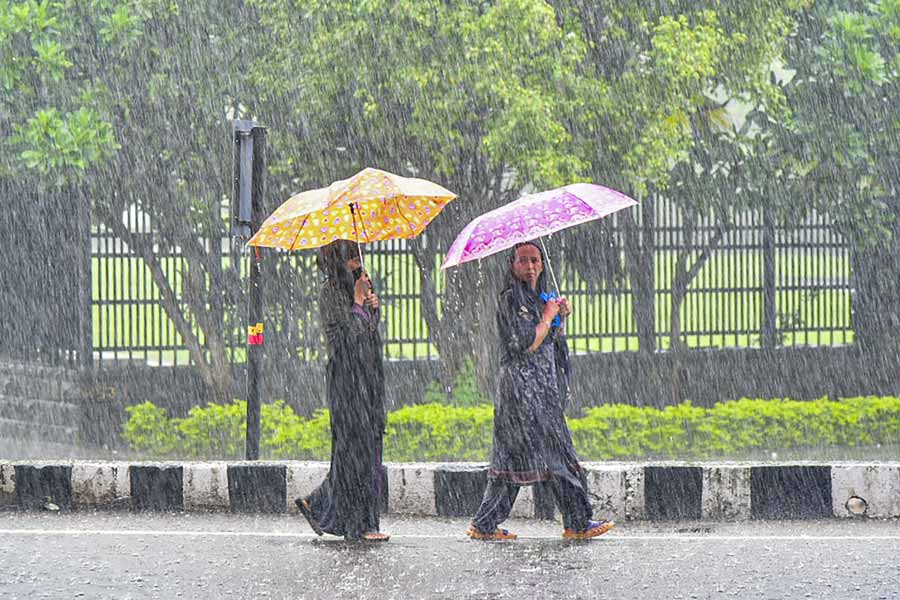Calcuttans would have an eye on the sky in the next few days, fervently hoping that the city is spared from rain during the festive season. The whole of India, data suggest, also has an important reason to keep an eye out for rain in the future. This is because even though the country has received a bountiful monsoon this year, troubling patterns have emerged that require a closer scrutiny of rainfall. Figures from the India Meteorological Department suggest that this year’s monsoon delivered 8% more rain above normal: 108% rainfall was recorded in terms of the Long Period Average. The volume of rainfall, the IMD says, has been the highest since 2020. Yet, certain peculiarities were quite apparent. For instance, incidents of ‘extreme heavy rainfall’ have been on the rise during the rainy season: India experienced a total of 473 such episodes in 2024, up from 296 in 2022. Gangetic Bengal, Bihar, coastal Karnataka, Gujarat, Himachal Pradesh, Odisha, Telangana, Uttaranchal and parts of Madhya Pradesh were adversely affected on account of these. Worse, in some cases, such as that of Delhi, weather models had failed to predict the imminent deluge. On the other hand, parts of India — Kerala, the East and the Northeast — experienced rainfall deficiencies, revealing the increasingly erratic mood of the monsoons. Extreme rainfall and scanty showers were also accompanied by rising heat: northwest India experienced its warmest June since 1901. Given that 51% of India’s agricultural area remains dependent on the monsoons and that 47% of the country’s population relies on agriculture as the principal means of livelihood, the monsoon’s changing dimensions must be followed closely.
Policy must also reflect on other — relevant — concerns. For example, as climate change intensifies, augmenting extreme weather events, India must be prepared to predict and prepare for these weather emergencies. An objective assessment of India’s weather prediction technologies is thus a necessity. Investments must be made in adaptation techniques as well: for instance, can water harvesting methods be made uniform and effective so as to prevent the wastage of precious water during the monsoons? At the moment, a disproportionate share of the country’s policy response seems to be targeted at rehabilitation rather than at adaptation. Deliberations, preparation and the resultant transformations in infrastructure, technology and collective ways of living must be truly public in character. A large component of the population vulnerable to climate change has very little say in policy decisions. This must change.










